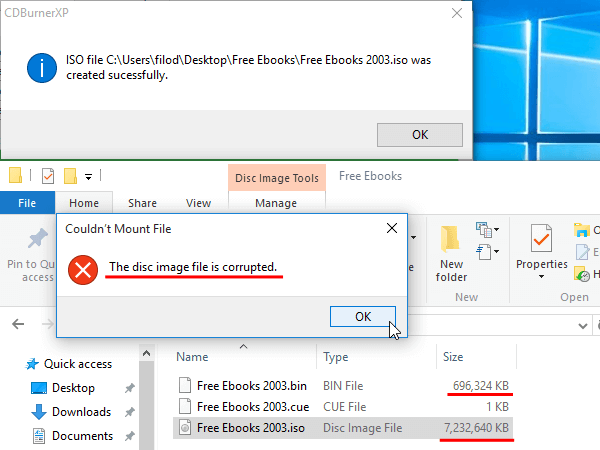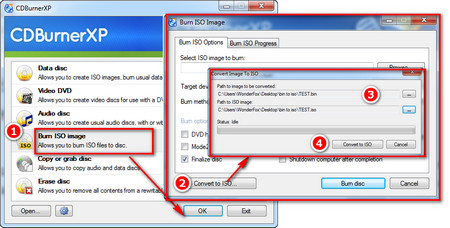


It acts as a standardised file type to exchange files between CAD software and have even been given their own ISO classification (ISO 10303-21). STEP stands for Standard for the Exchange of Product Data, and this gives a clue about why this file format is important. So if you are modeling buildings or items like furniture via computer aided design, you may well need to deal with it. Major CAD packages like Fusion, AutoCAD and OnShape rely on this 3D file format. STEP (or STEP/STP) 3D file type is one of the most popular 3D file formats in the world of CAD modeling. It is also one of the most popular formats for 3D printing operations such as rapid prototyping. Think of it as a foundation on which to build more complex 3D creations. How to use: The OBJ file format can be very useful when sharing files between different software packages, and these files can also be converted into other formats relatively easily. Those are big drawbacks when creating graphics for games, adverts, or digital products. The OBJ file format cannot store information about animation or skins - just individual objects.The extra time and size of OBJ models means that this file format has become less and less useful for high quality rendering and modeling. This makes working with this 3D file format more laborious and time consuming. OBJ models tend to be larger than other 3D file formats because they use plain text instead of binary to store information.The OBJ file format supports unlimited colors and their simplicity also helps when carrying out tasks like 3D printing – which has ensured that this file type continues to be extremely relevant.This makes it a good exchange format as it can be easily exported and converted into other file types as needed. That’s because the file type is the oldest of its kind, but also because it employs a flexible text-based language. OBJ will often be the default 3D file format for mainstream 3D modeling packages.However, OBJ files do still have their uses. Due to its age, this 3D file format is also the most basic and least detailed of the ones we’ll be looking at. Created by Wavefront Technologies in the 1980s, OBJ (OBJect) files are the most commonly used 3D file types, so almost every model user should be familiar with them.


 0 kommentar(er)
0 kommentar(er)
